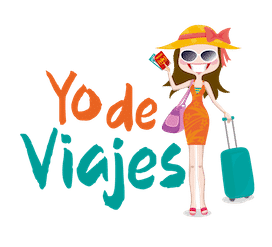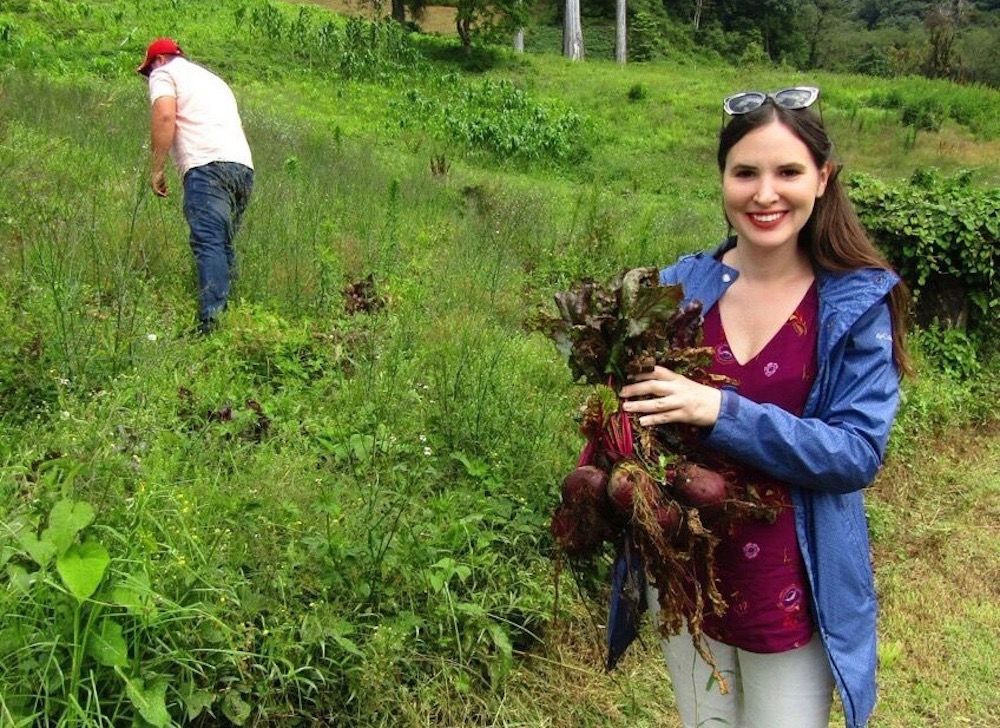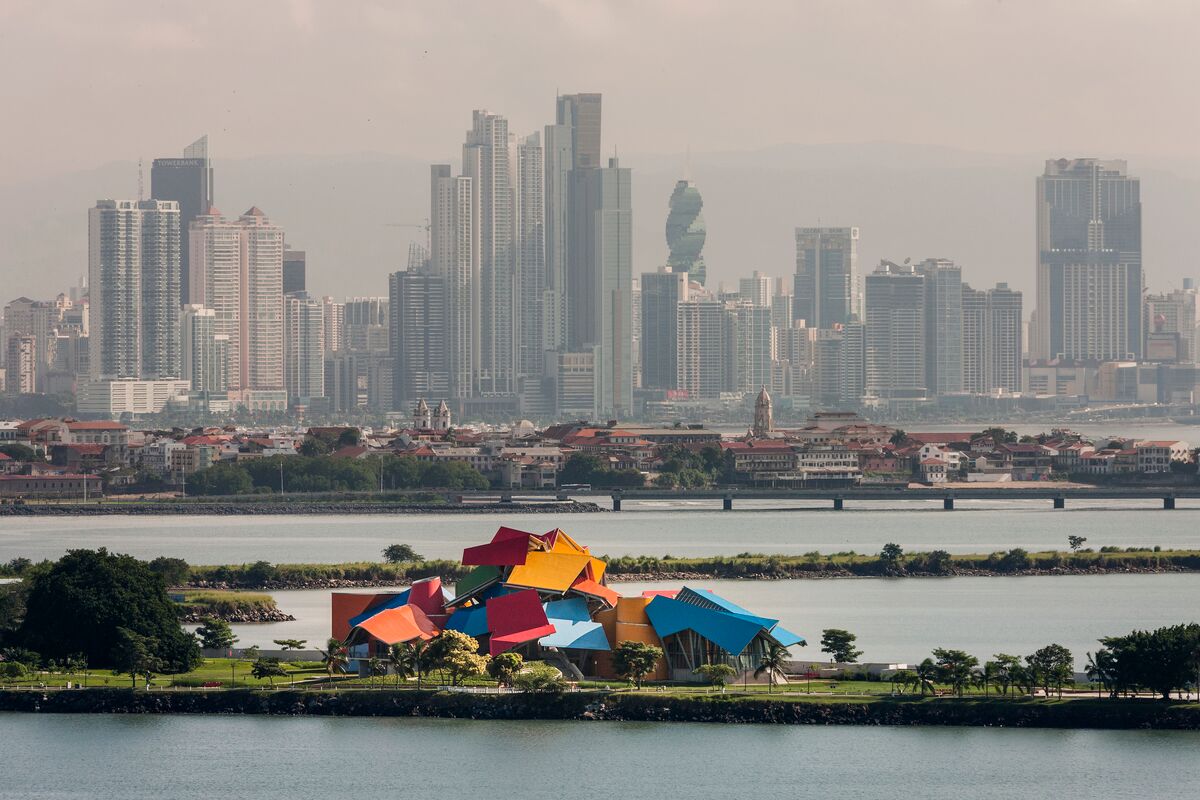Panama al Natural is a tour operator operated by Sandra Sierra. They are among the few that create unique products and in 2020 they have an itinerary called “The Big Zafra”. The term zafra has Arabic origins that transitioned in to Spanish. It is believed to mean “harvest time” or “save time.” In Spain the harvest occurs in the fall, but the harvest in Panama happens at the beginning of the year, specifically in the month of January.
Living the experience of the harvest allows you to see how the field really works. In tropical countries like Panama, the harvest usually refers to sugarcane. But much more is harvested, including products with export value such as cocoa and Panamanian coffee. Those who participate from in “The Big Zafra” will be able to know the full range of agricultural crops produced in Panama.
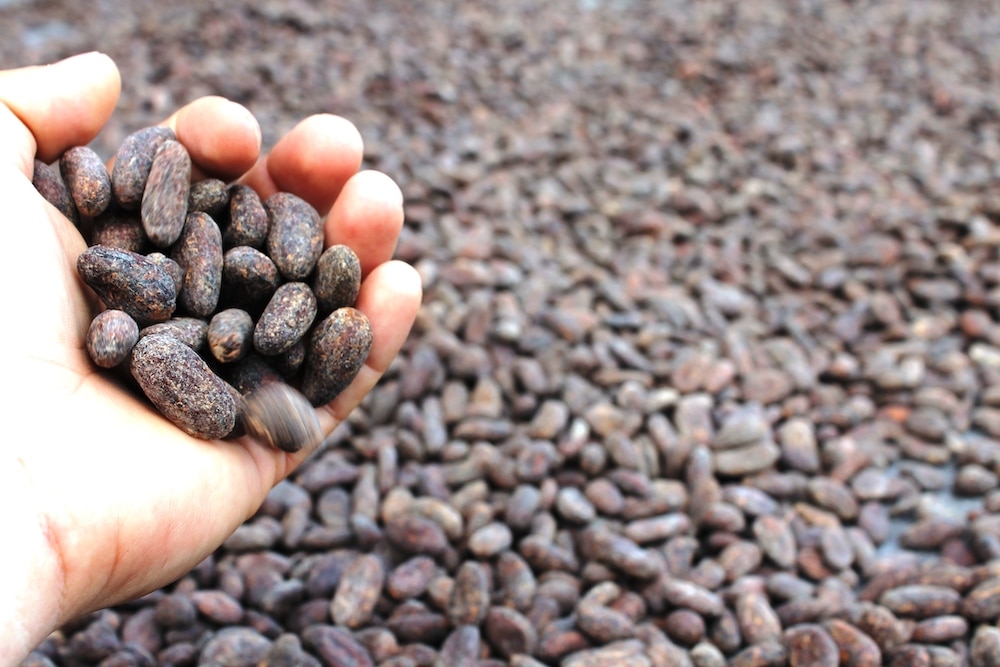
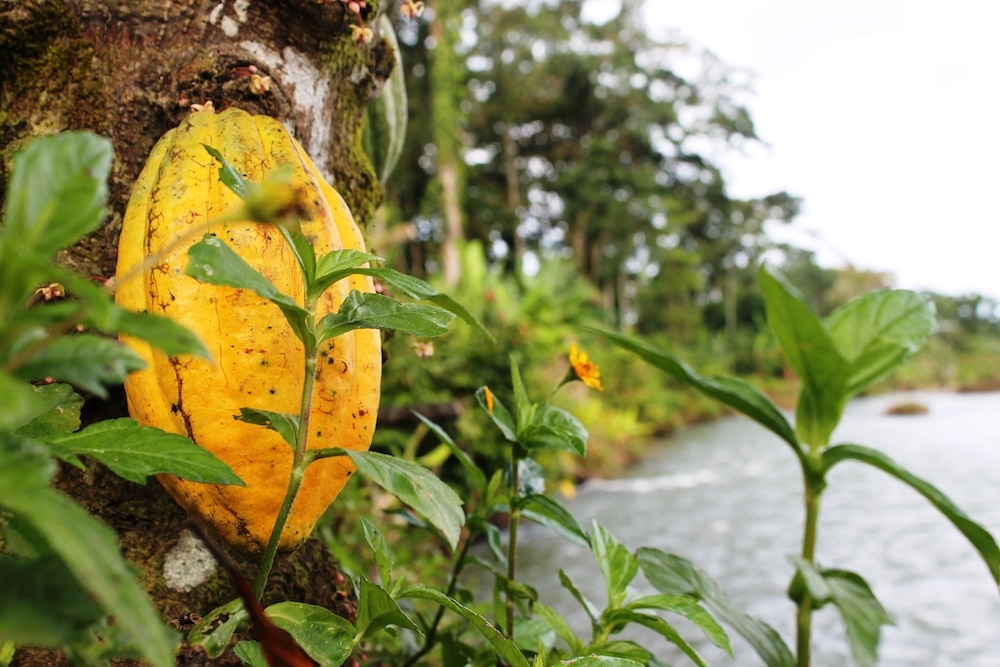
The idea is that people can learn the processes and taste the crops. The itinerary includes meals in renowned restaurants throughout the country. Selected chefs use local and seasonal ingredients. It is possible to do the whole itinerary or select parts according to the tastes and the time available.
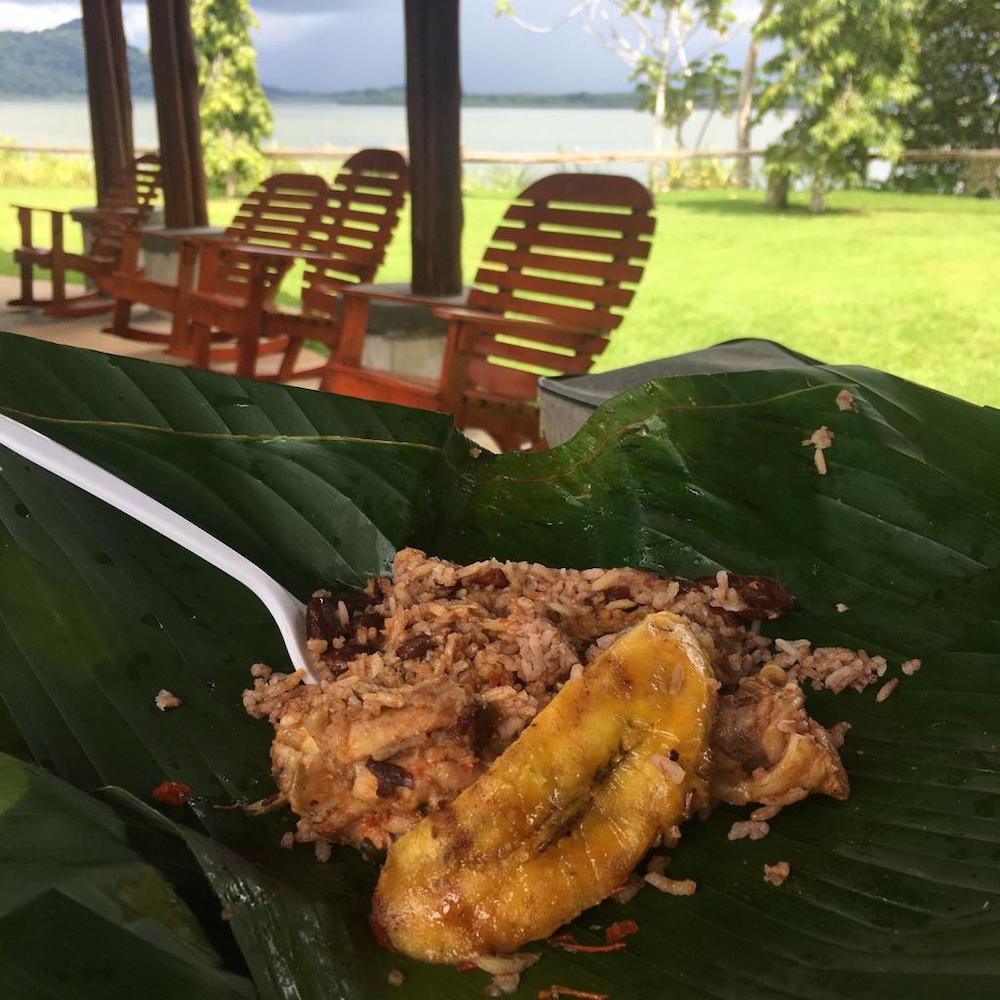
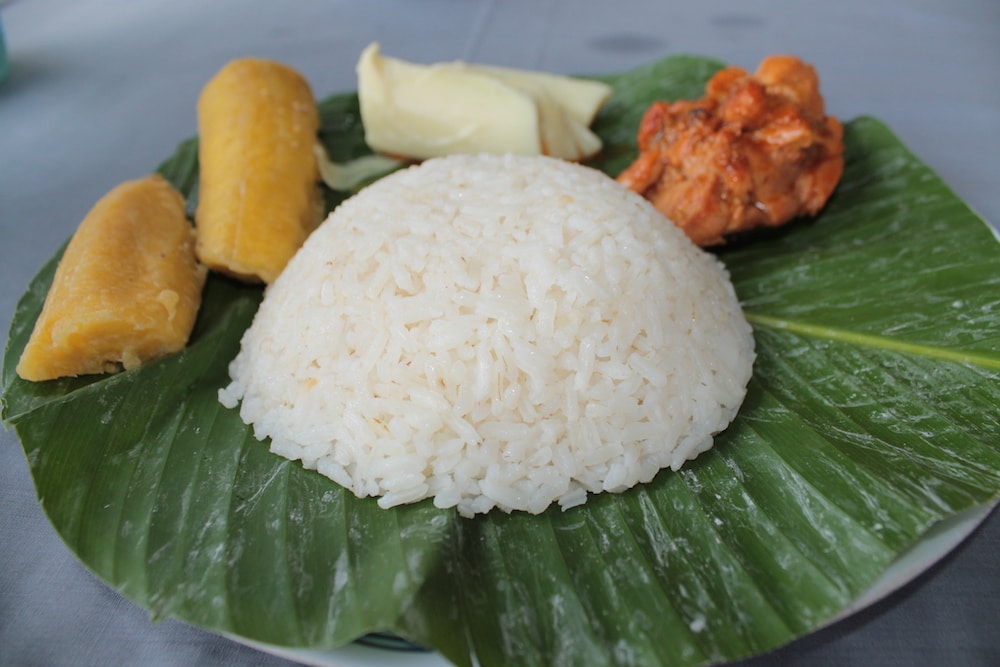
Pineapples in La Chorrera
The first stop of The Big Zafra is Verba Odrec, a pineapple farm located in the town of Hurtado in La Chorrera, one hour from Panama City. This area of the country is famous for having fertile land, ideal for planting pineapples. Unlike other crops, pineapple is produced year-round. Some 1,666 hectares are designated for this activity that mostly focuses on exports.


During the tour you will be able to harvest your own pineapples and see how the color changes as they ripen. Small pineapples are extremely sweet. But in general, the chorrearan pineapple has a fairly high level of brix (sweetness), that’s why it is so sought-after. You can try all the fresh pineapple you want, as well as jellies and dehydrated fruits. After lunch you will continue by car until you reach Volcan in the province of Chiriqui.
Coffee in Chiriqui
Finca Hartmann is one of the most recognized coffee farms in Panama. It is on the road to Rio Sereno, about 35-40 minutes from the town of Volcan. They have two farms where they plant 60 hectares of coffee. The rest serve as a buffer zone for the Amistad International Park. They must be ecological since they are so close to a reserve that is a UNESCO World Heritage Site. Therefore, they avoid herbicides and use green products. This increases biodiversity, achieving coffee that is bird friendly. La Gran Zafra season is the best to see birds in Panama, with 345 species available in the area.
Booking.com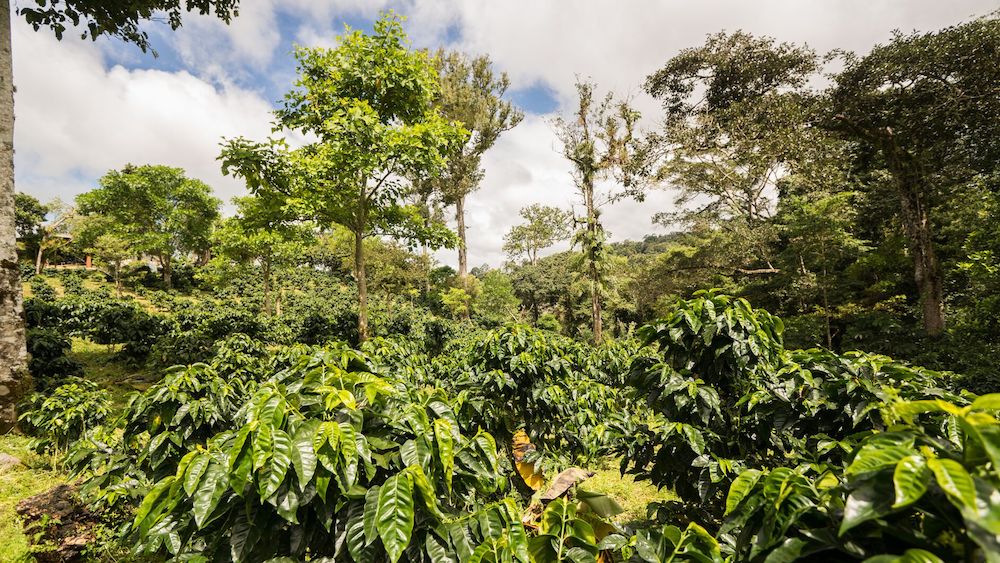
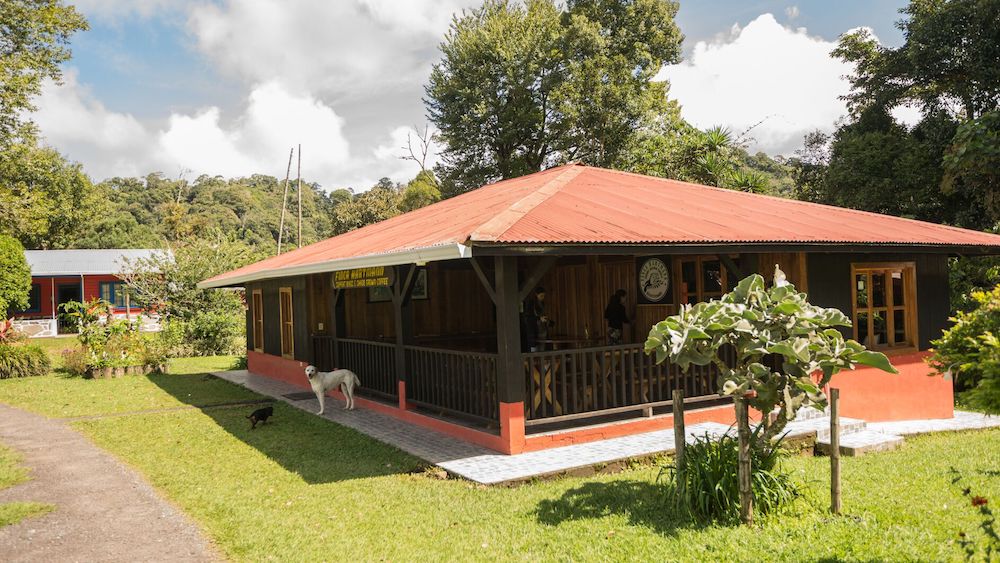
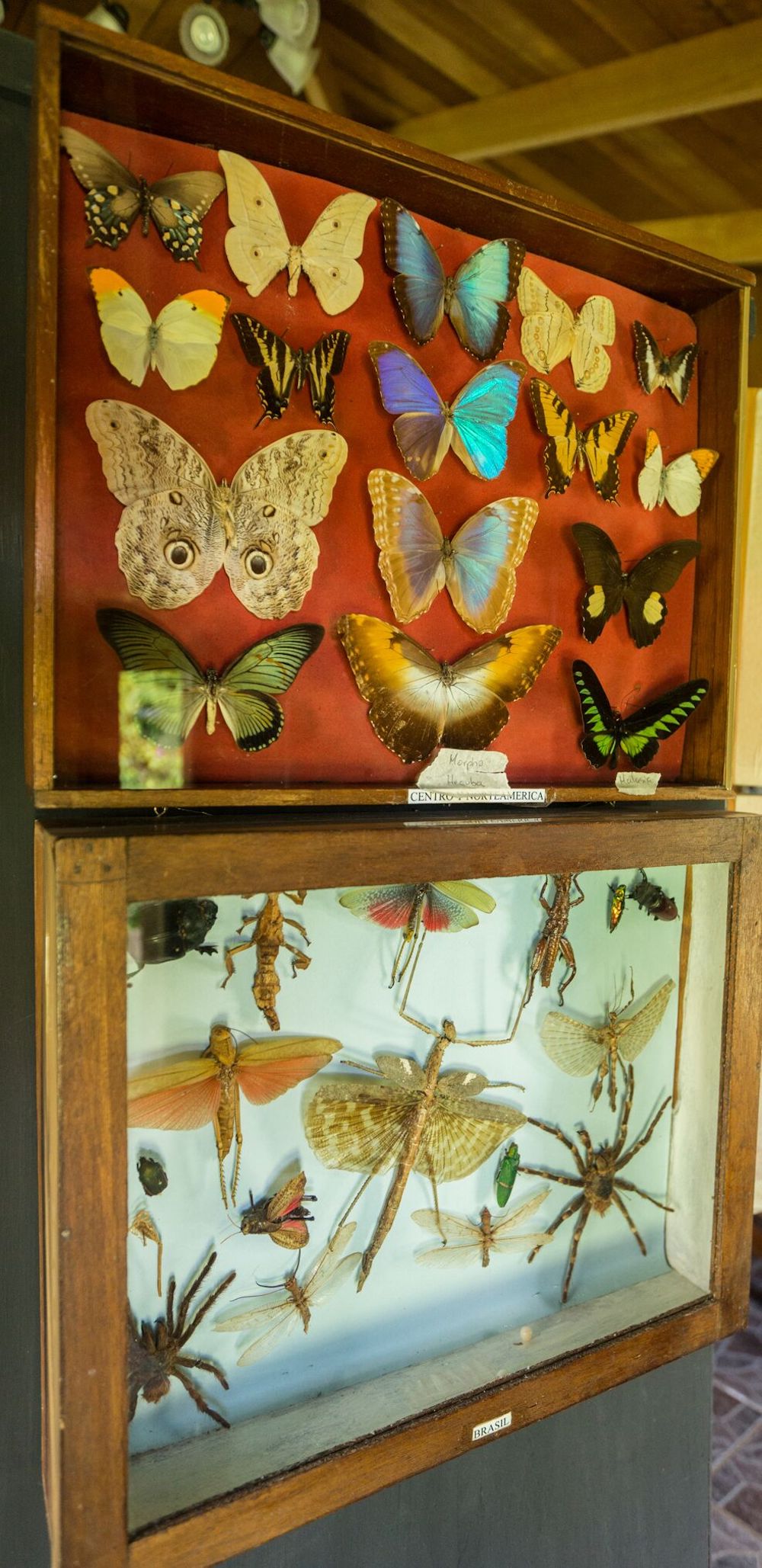
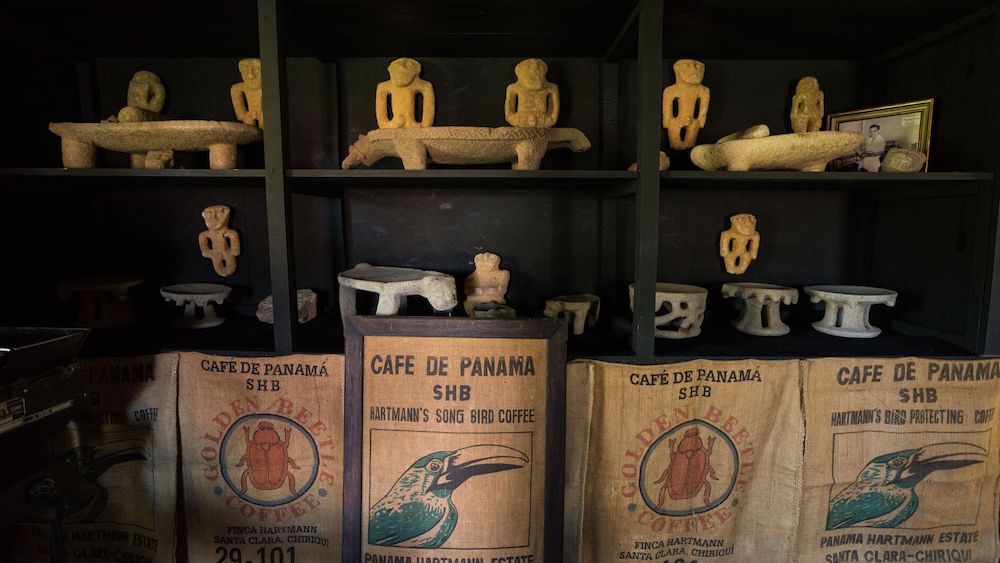
The Hartmann family moved to Chiriqui in 1912, being one of the first inhabitants. Finca Hartmann continues is a family business. Visitors can tour a museum to learn the family history and see insects and butterflies dissected by Ratibor Hartmann Troetsch. Most coffee is produced for exportation. During the visit you will be able to tour the farm and harvest the red beans. You will be explained the whole process to produce coffee and at the end you will learn how to taste it.
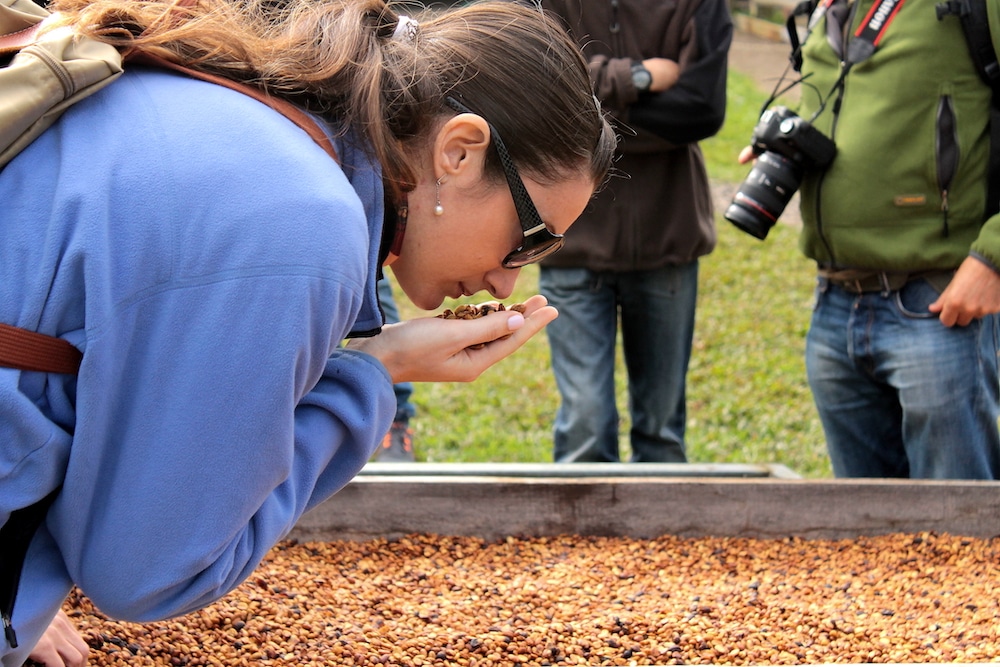
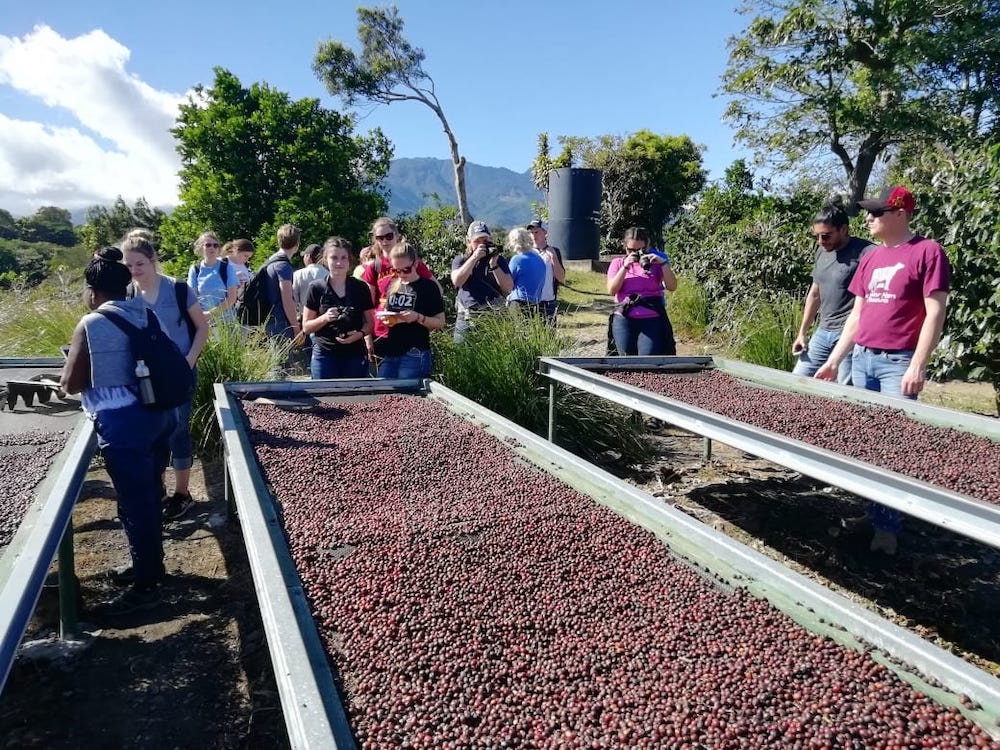
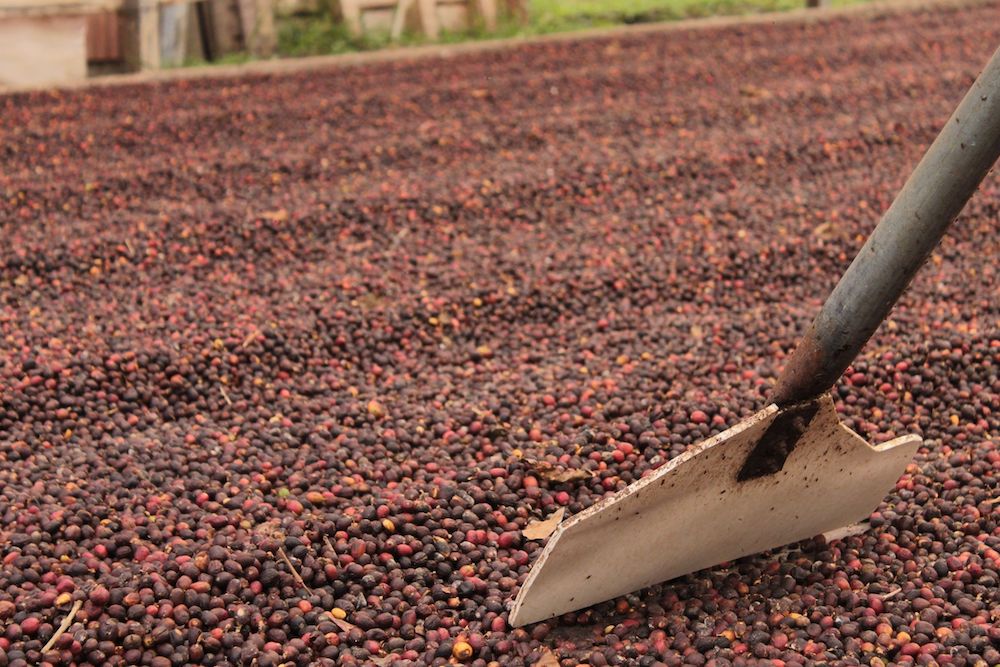
Farms of the Berard
Other stops at La Gran Zafra are the two estates of the Berard in Volcan family. Cotito de Boor is about 25-30 minutes from the town. You will be able to learn about the breeding of cattle from European breeds such as Charolais, Angus, Brangus, and Simental. The weather in this area is very nice. They also have thoroughbred horses, like quarter miles and Frisians.
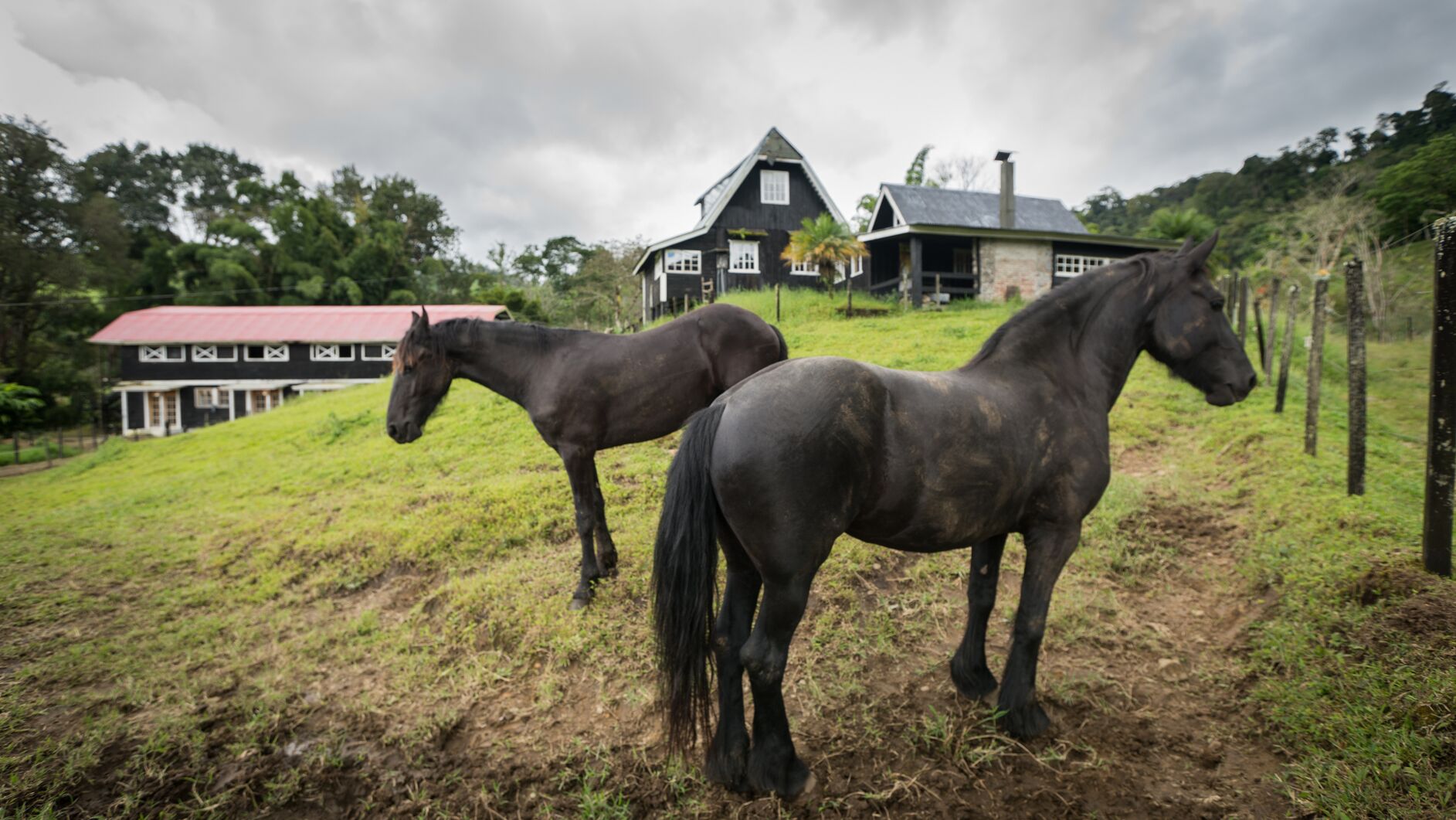

Meat is processed in the other farm, Rancho de Boor that is on the main street of Volcan. You will be able to enter the processing plant to see how sausages are produced. On site there is a shop that offers tastings and sells products such as cuts of meat, sausages and casserole. They also have a large organic garden with legumes and herbs that are sold in the store. Children will enjoy this place as they have a petting zoo with rabbits, sheep, cows and horses.
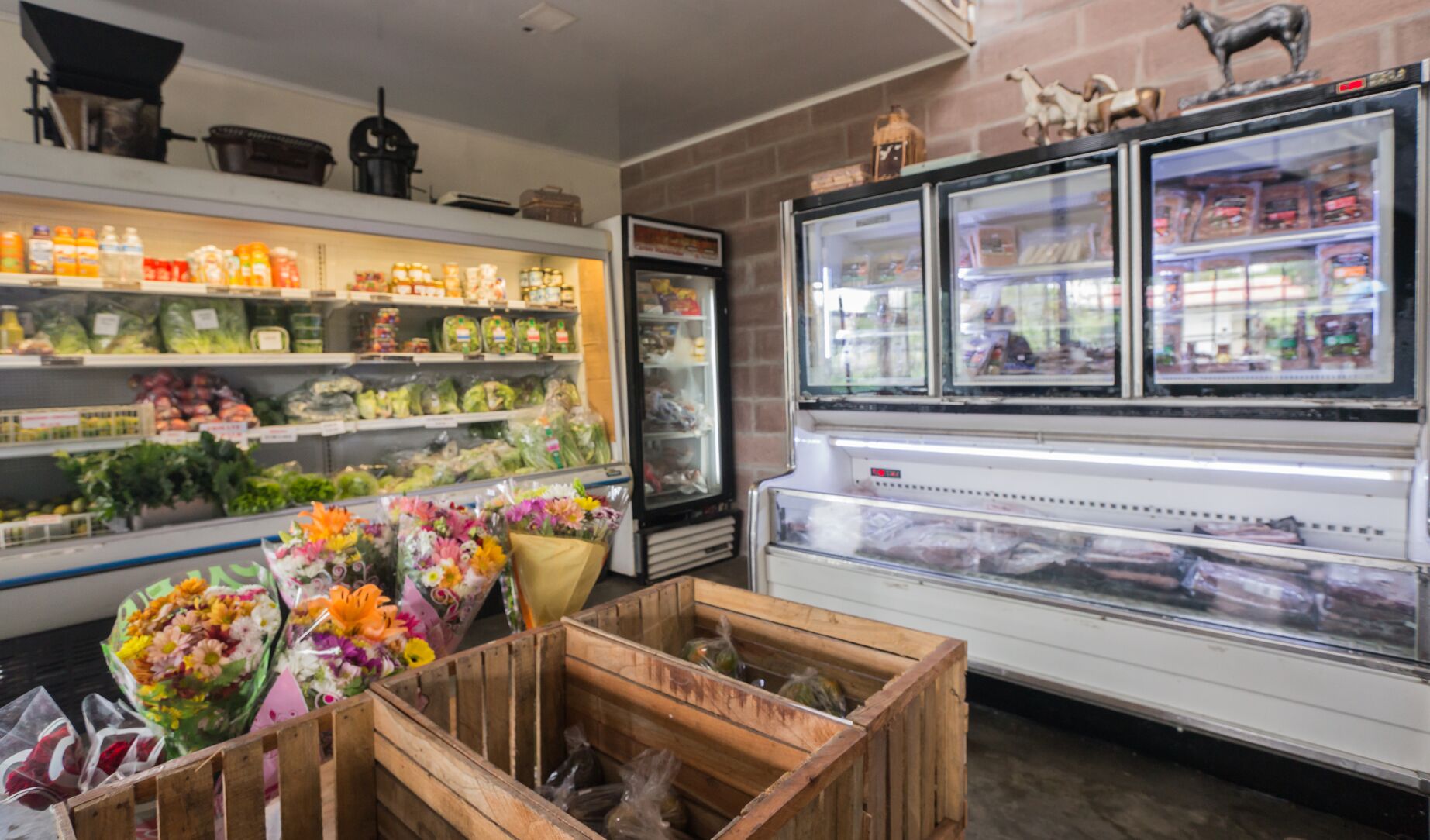
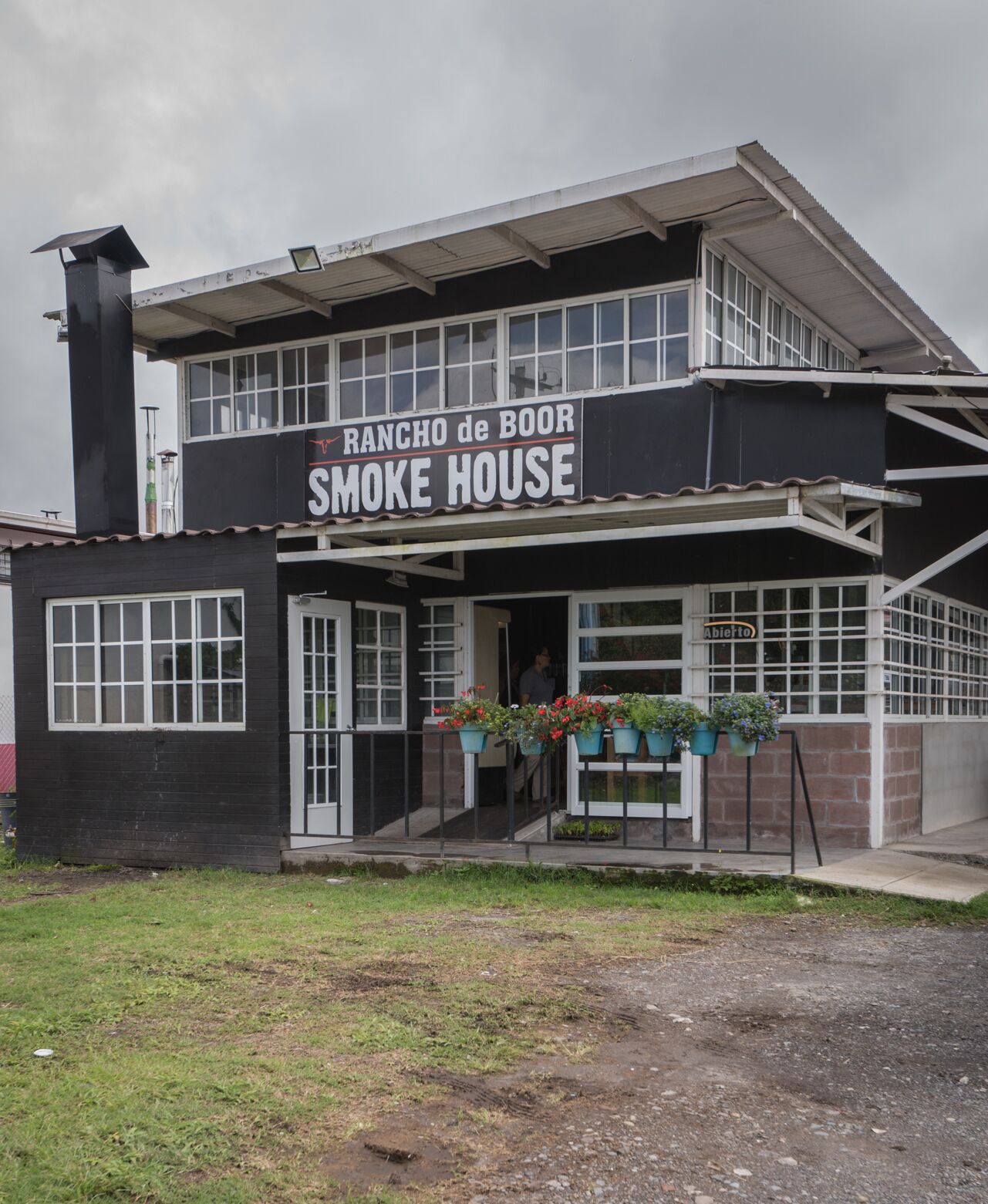
Green Group
Do you want to learn about hydroponics? The Big Zafra takes you to harvest many types of lettuce and other vegetables such as tomatoes, strawberries and cucumbers. All are grown in water, not on land. You will be able to tour several of the Green Group greenhouses in Boquete. This system does not use pesticides or GMO seeds. They use fertilizers and biological controls which are organic.
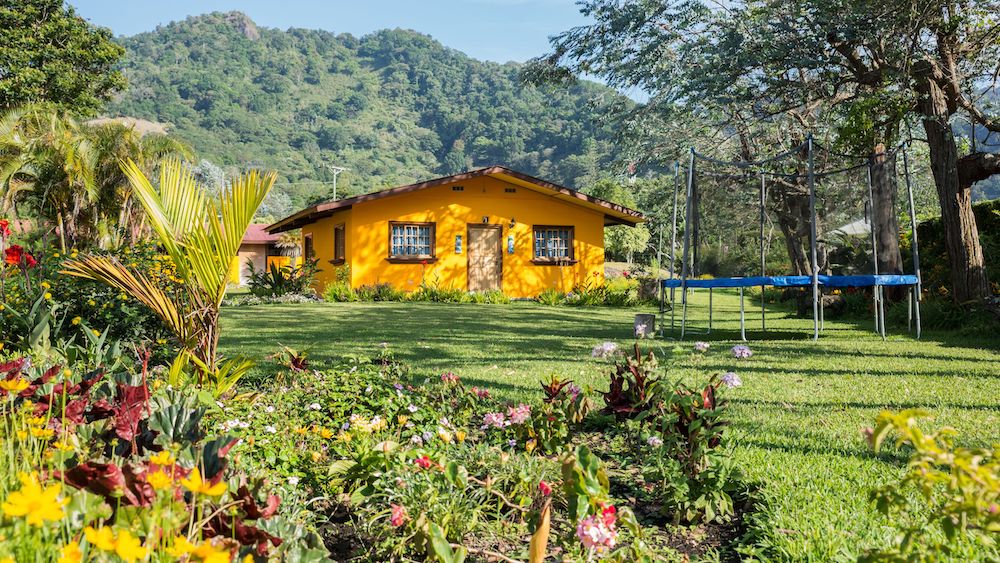
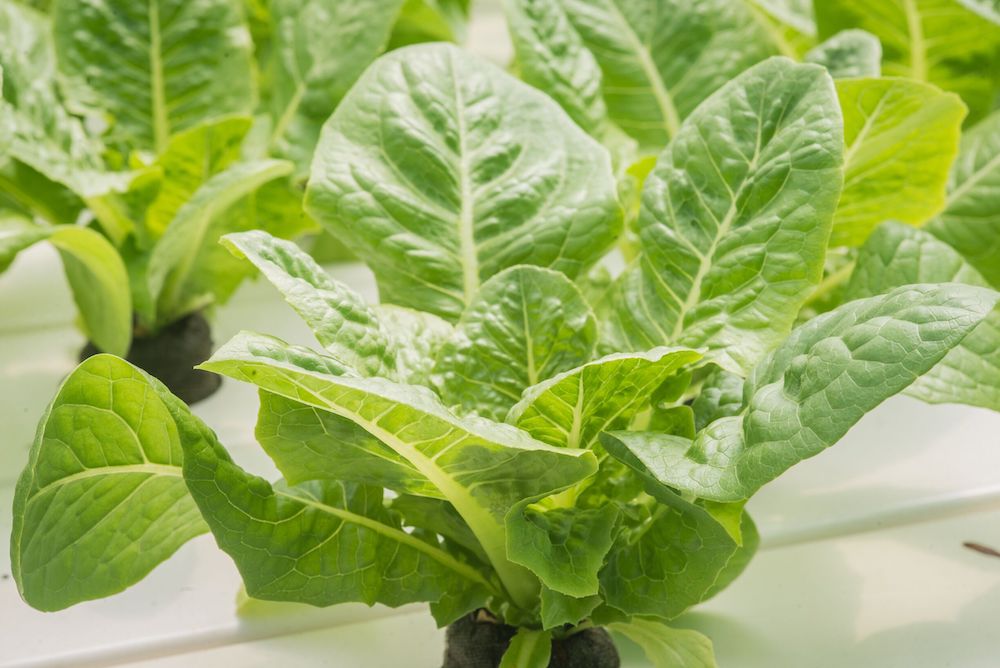
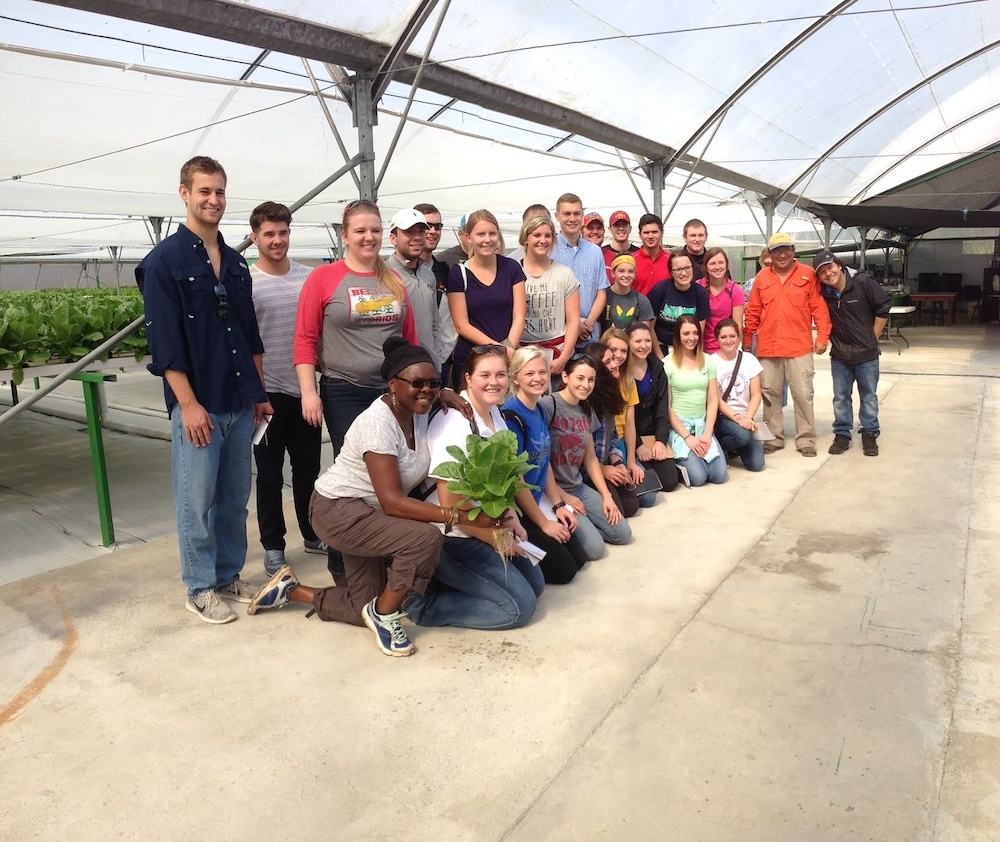
La Granjerita
Lourdes Guerra Suarez is La Granjerita. She will take you to tour her estate in Boquete. In this agrotour you will be able to harvest unconventional products such as kale, radish, carrot, aromatic herbs, edible flowers, strawberries and much more. Its mission is to recover food security in Panama. The sowing is organic, without any type of agrochemical.
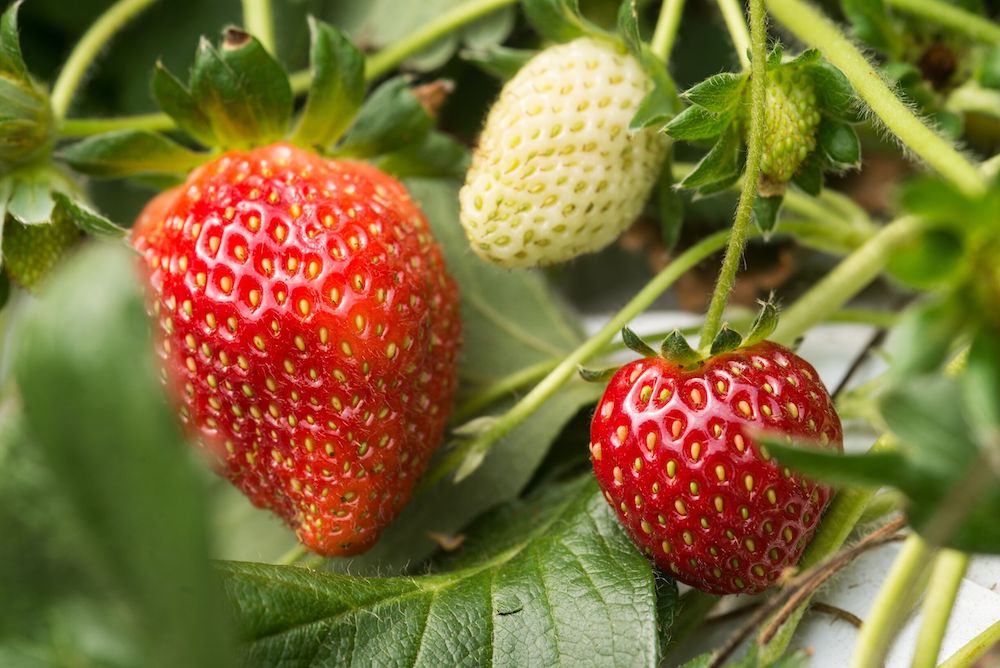
Cacao
From the highlands of Boquete you will go to Rambala to learn about the process of cocoa in Bocas del Toro. Siliko Creek is managed by indigenous Ngöbe Buglé. Growing cocoa requires patience since trees take between two and a half years to three years to produce fruit. Then the flower comes out and eight months later it can be harvested. Cocoa is harvested every 15 days or monthly.
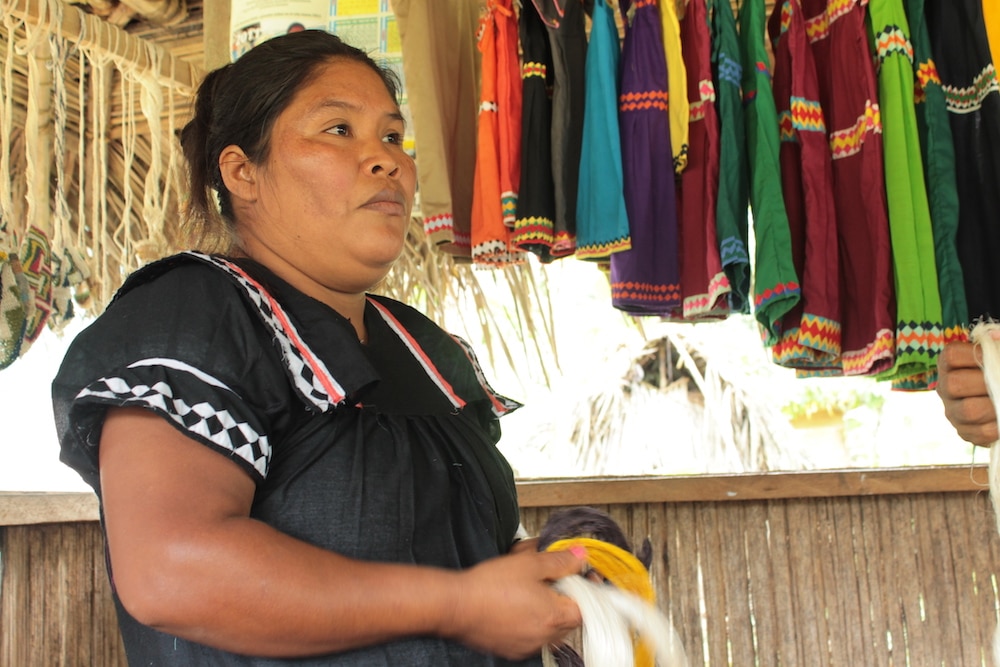
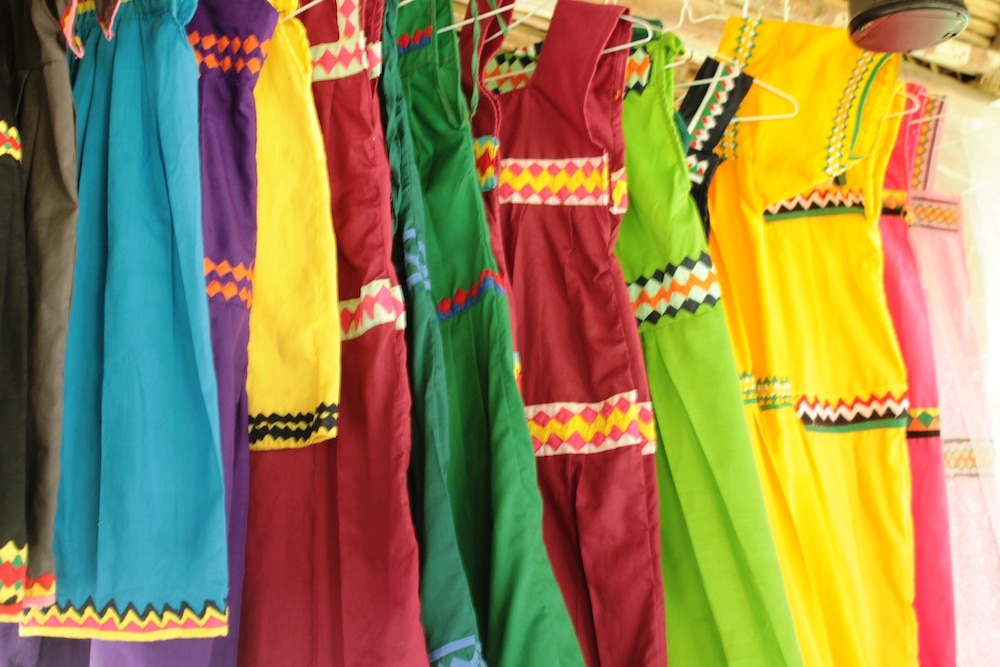
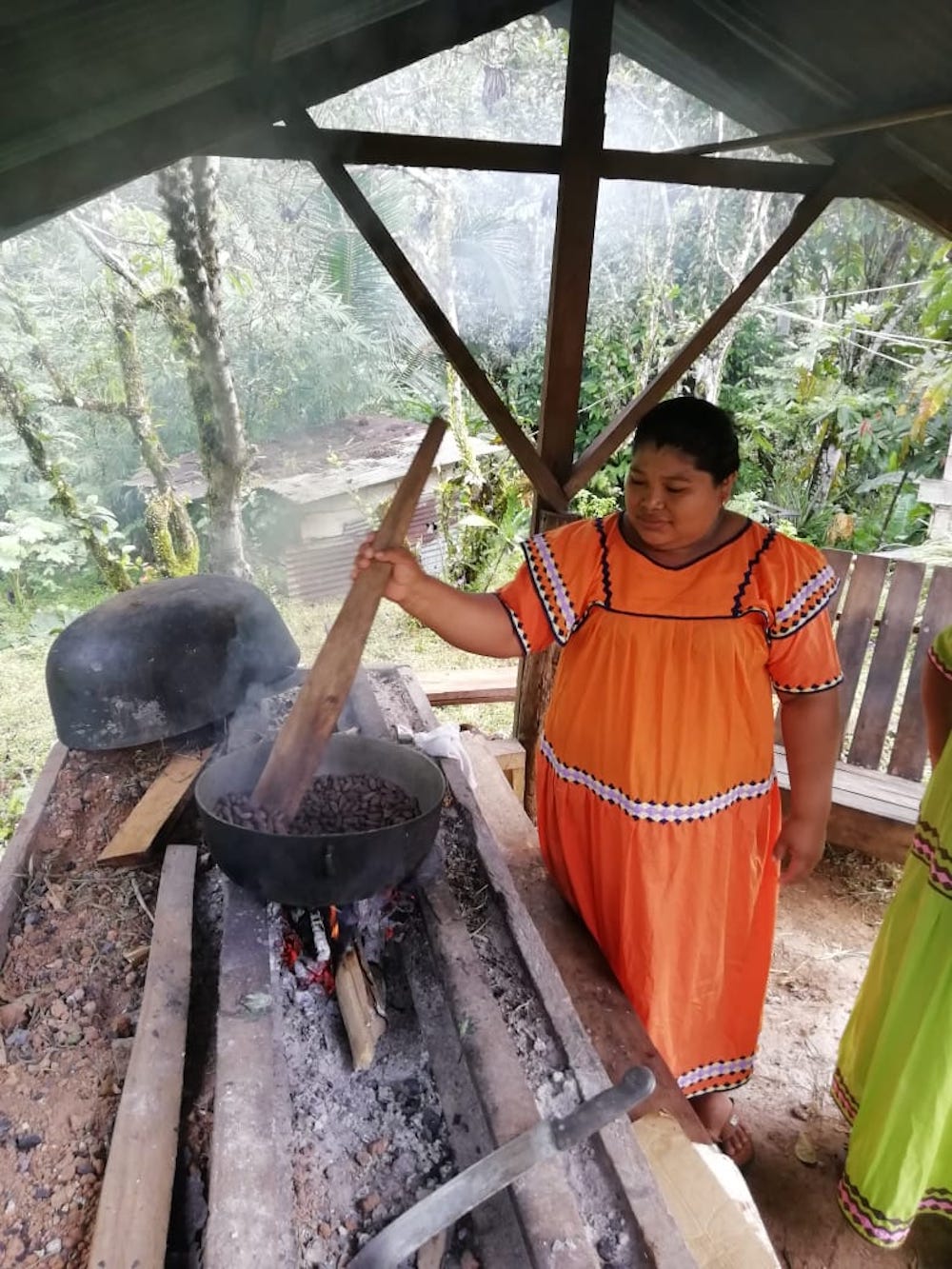
In The Big Zafra you will learn the whole process from harvesting, fermenting, drying, roasting and processing. The white cob cocoa produced in Panama is in high demand internationally. It can be worth three times normal price, especially if it is produced organically. Pure chocolate, not commercial, has many health benefits. You will be able to make your own chocolate bar, which will certainly be enjoyed on site.
Bocas del Toro
As not everything is harvest, there is also a day trip with a tour to the Cayo Zapatilla national park in Bocas del Toro. This park consists of two mangrove islands with white sand beaches. Its importance is due to the nesting of hawksbill turtles that are in danger of extinction. You can snorkel in this place or in Cayo Coral where lunch is. The coral reefs in the area are very lively, full of colorful fish.
The bocatoreño chef, Joseph Archbold will be inaugurating his new restaurant for The Big Zafra. A boat will cross the group to Isla Carenero to eat at Receta Michilá. The dishes will be typical of the region such as pickled fish and rondón.
Booking.comBatipa Institute
The itinerary of La Gran Zafra returns to Chiriqui, but this time to the lowlands near David, the capital of the province. 600 hectares make up the Cerro Batipa Private Wildlife Reserve that is managed by the Oteima Technological University. In another 1,100 hectares of the farm, research is carried out on good practices in forest crops. The majority of reforestation is teak and there are another 2,000 hectares that are mangroves. 300 hectares are dedicated to livestock with a silvopastoral system. This system does not deforest, but the farm is divided into sleeves and cattle are rotated. The breeding is of pure cattle like Senepol, Zebuinos, Red Angus and Simenth that have adapted well to the tropics.
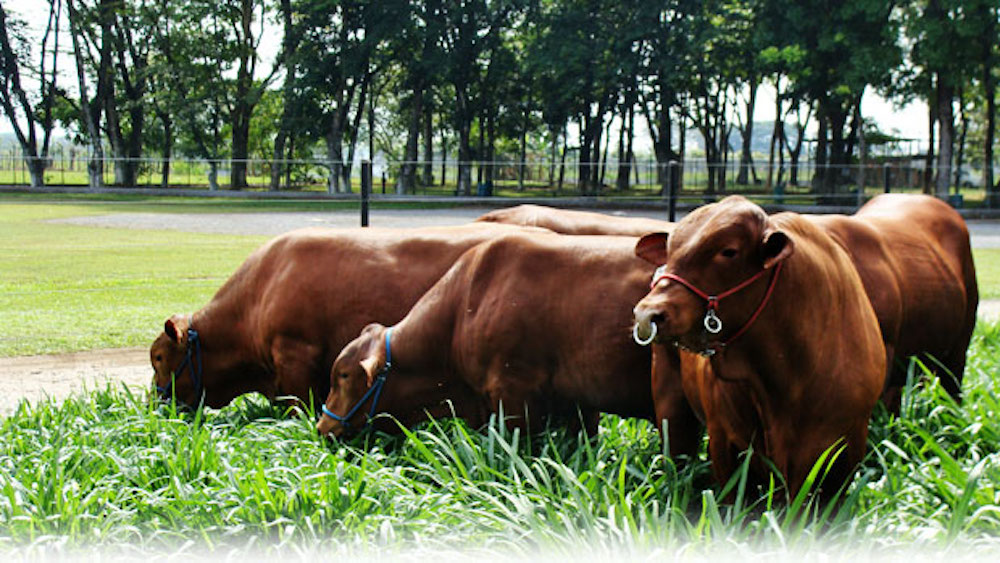
Hacienda San Isidro
The history of Hacienda San Isidro begins in 1969 when it was decided to move “La Herrerana Distillery” owned by the Varela family. Visitors will be received in oxcarts, which are still used during the harvest. The harvest goes from January to May when the cane is cut with machines and by hand. Its juice is extracted and passed to the area of fermentation and distillation. During the visit you will learn the process necessary to do Ron Abuelo and Seco Herrerano. You will end the experience with a sensory tasting of rum.
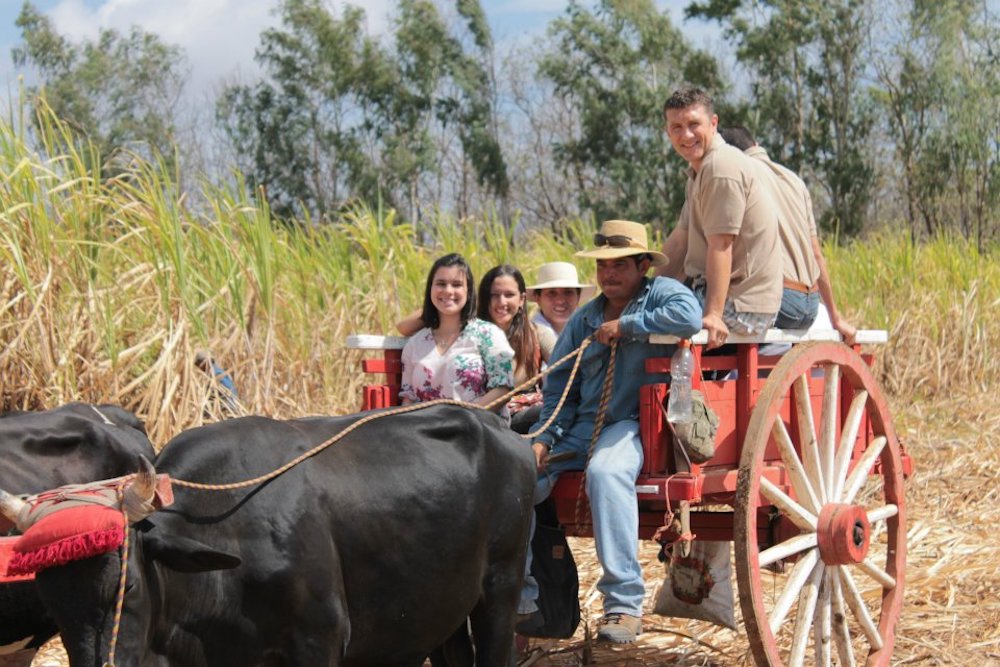
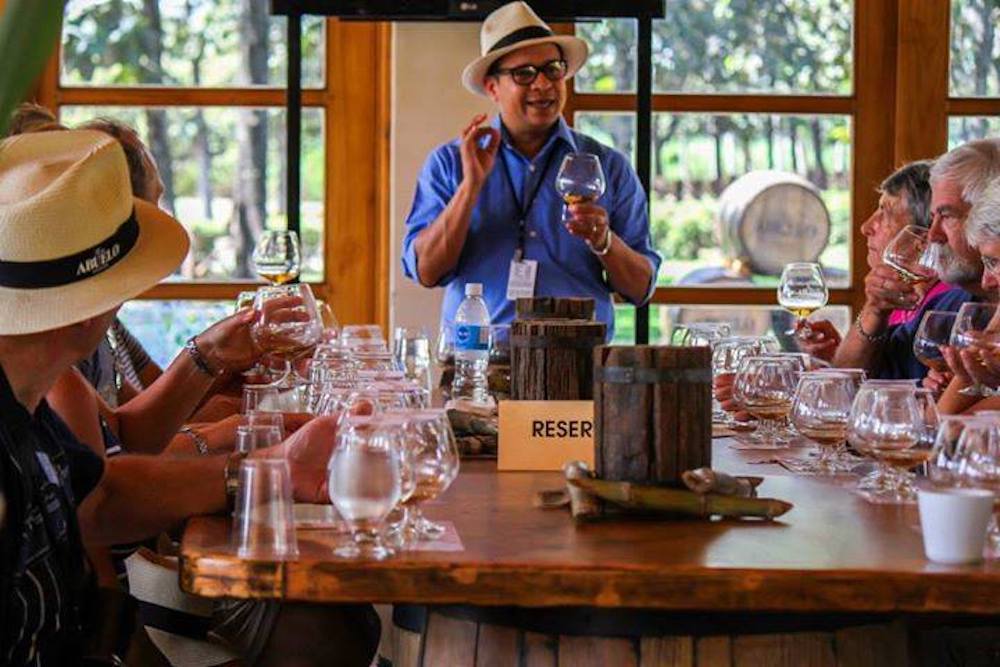
Cutarra and Sancocho Experience
Azuero is known as the cradle of Panamanian folklore. During The Big Zafra you will be able to live one of the best native experiences, the elaboration of the ‘cutarra’. The cutarra is a traditional sandal made of leather. Centuries ago it became the typical footwear of the interior of Panama. An artisan is going to make your own custom made cutarra. This experience reflects the typical festivities, so you will be invited to sing in a ‘tamborito’. Lunch will be ‘sancocho’, which is a chicken soup cooked on firewood. Then you will be able to make sausages from Las Tablas, which are the most famous in Panama.
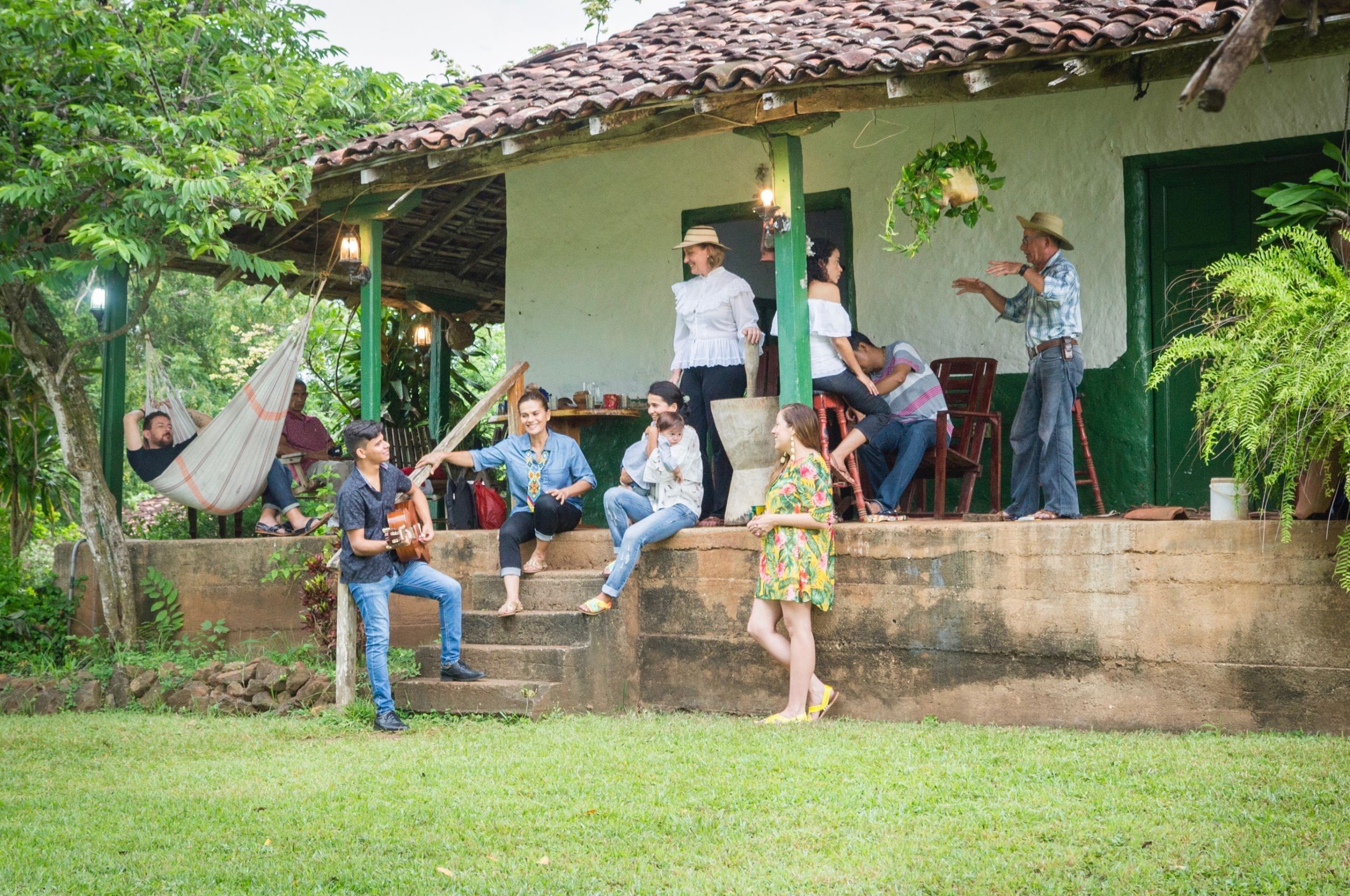
Watermelons in Chame
The last stop of The Big Zafra is a watermelon farm located in Chame. Watermelon is one of the fruits that Panama exports most. It is sown directly in the soil and is harvested 90 or 100 days after being sown. You will be able to harvest and taste this juicy fruit that is very refreshing in hot weather.
Then you return to the city and The Big Zafra ends, which is a complete overview of the crops of Panama.
Contact:
in**@pa***********.pa
www.panamaalnatural.com
+507 6676-4583
Dates:
Contact for future dates.
